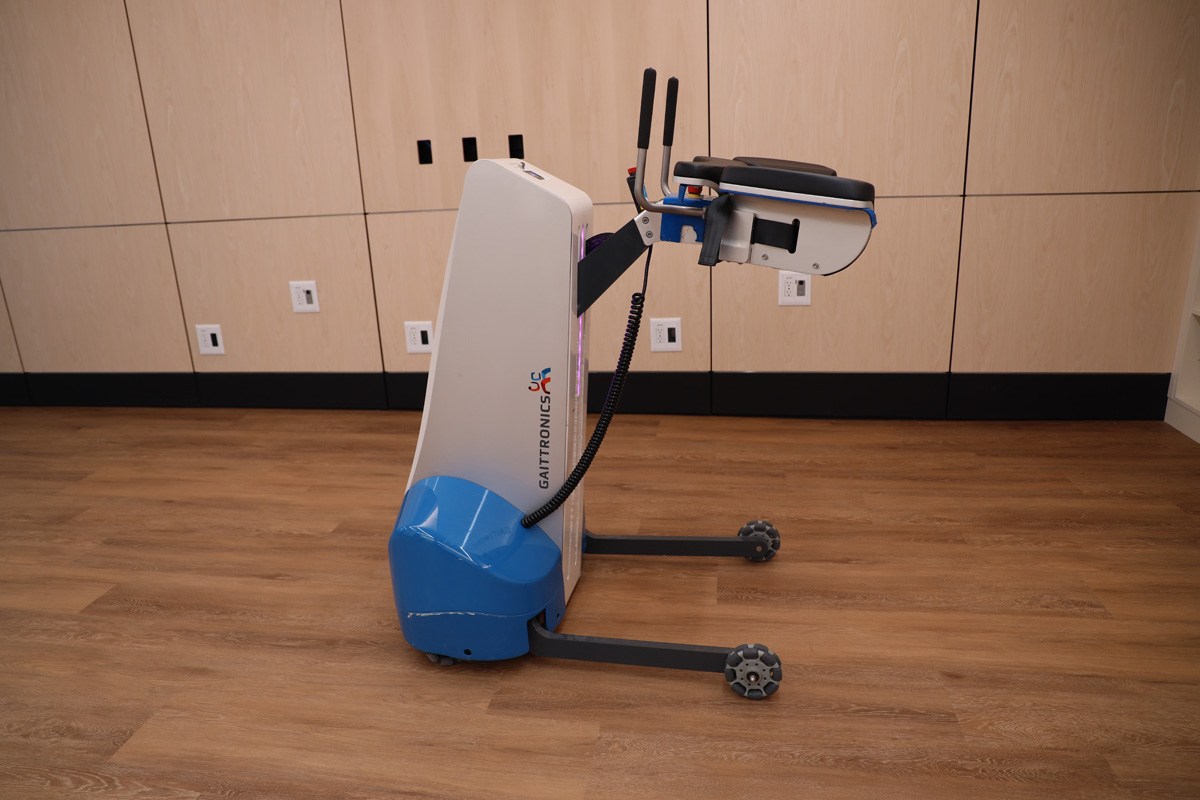Fitness
Carleton’s New Abilities Living Laboratory Enhances Inclusion Research

Cross-Pollinating Research Ideas
Before visitors even enter the Abilities Living Laboratory, its unique functionality is apparent. The shared kitchen in the hallway — where scientists can bounce ideas off one another over lunch — is a wheelchair-friendly space for research into areas such as accessible meal prep, including new gadgets.
That kitchen looks into a glassed-in Food Design Lab, where Carleton biochemist Farah Hosseinian, from the Food Science program, and Chantal Trudel, director of the Industrial Design program, will work on innovative projects.
Industrial Design program director Chantal Trudel
Some of these will involve using a 3D printer to study personalized food manufacturing — combining layers of proteins, grains, fruits, vegetables and sugars, for instance — for people with dysphagia (difficulty swallowing). It could also be used to tailor foods that appeal to people who experience loss of appetite or food aversions, including seniors and cancer patients.
“We’ll have the ability to experiment,” says Hosseinian, “and create nutritious foods with different visual, textural, structural and olfactory attributes.”
Trudel, whose background is in health-care design, will also be working in another space inside the main facility, a “blank slate” with magnetic whiteboard walls and fully adjustable lighting control. It can be used to simulate a range of environments, such as a hospital room, and look at issues like light and sleep difficulties for patients.

Carleton University biochemist Farah Hosseinian
Later this summer, Trudel and a grad student will begin installing a prototype infectious disease treatment transfer screen in this lab — essentially, a flexible, airtight, see-through barrier, with a glove box, allowing clinicians to observe and treat a patient without being exposed to pathogens. This screen will be developed in close collaboration with WHO-Téchne and is part of INITIATE2, a five-year initiative which brings together emergency response actors and research and academic institutions to develop solutions and training in support of readiness and response capabilities in health emergencies.
“In design, we need spaces to build iterative mock-ups, cycle people though and learn what’s working and what’s not,” says Trudel.
“Now we have somewhere on campus to do these types of experiments.”


)






